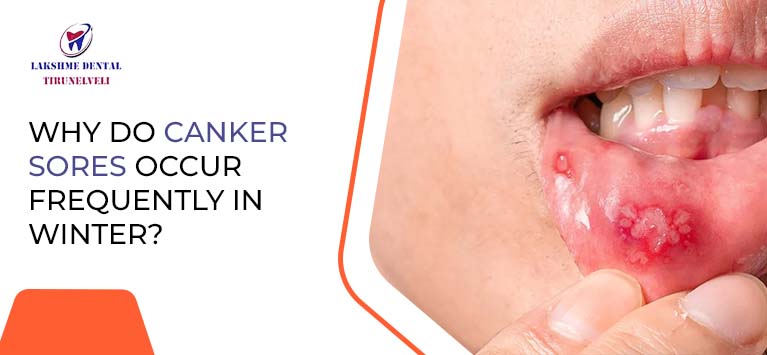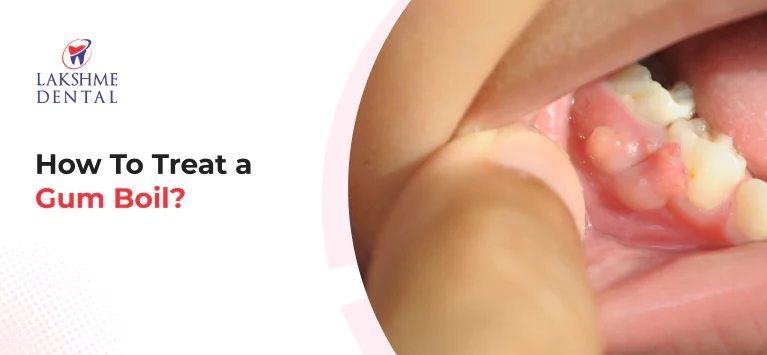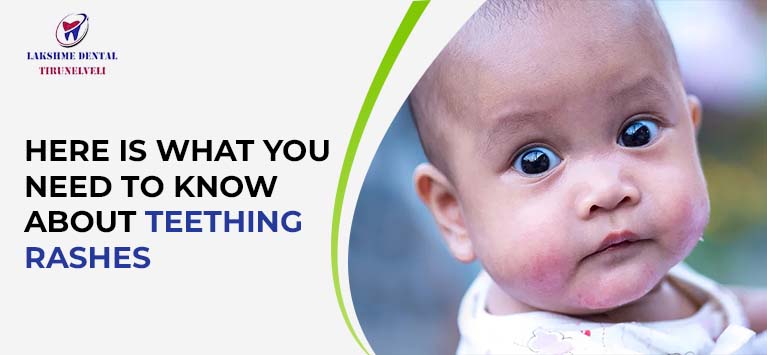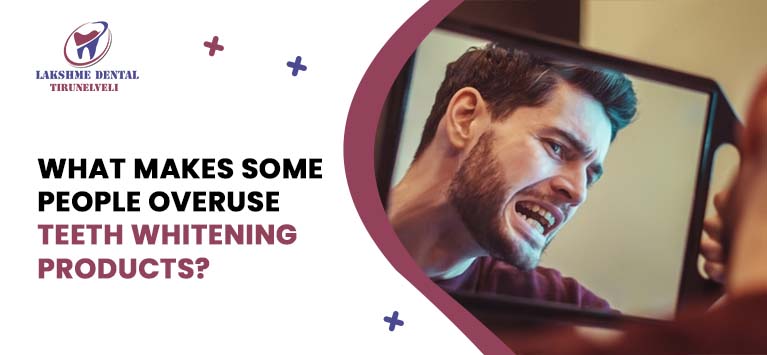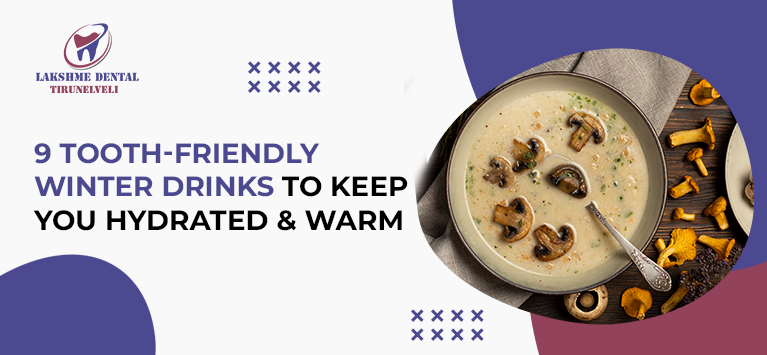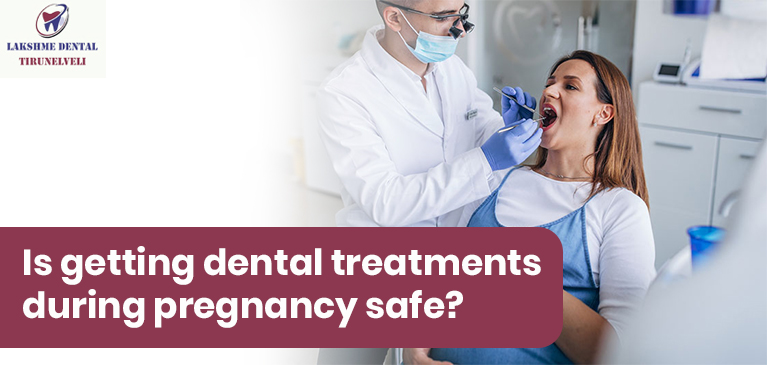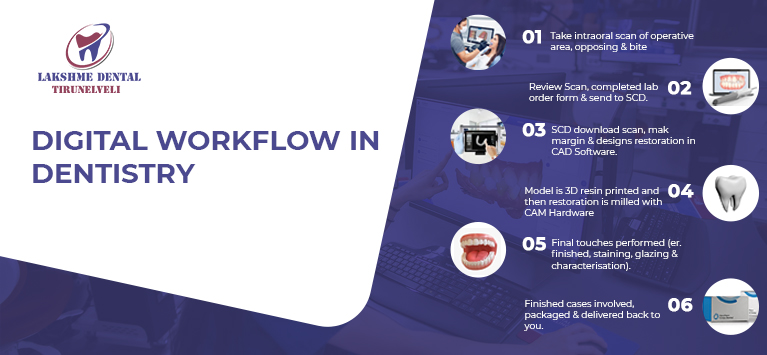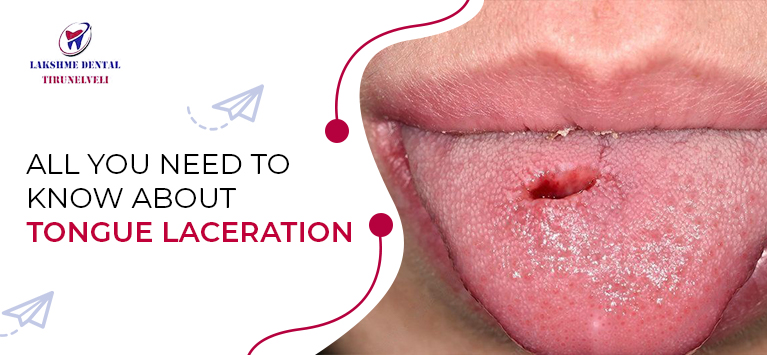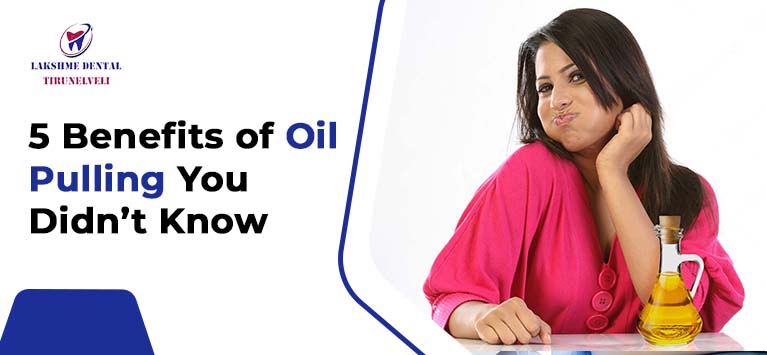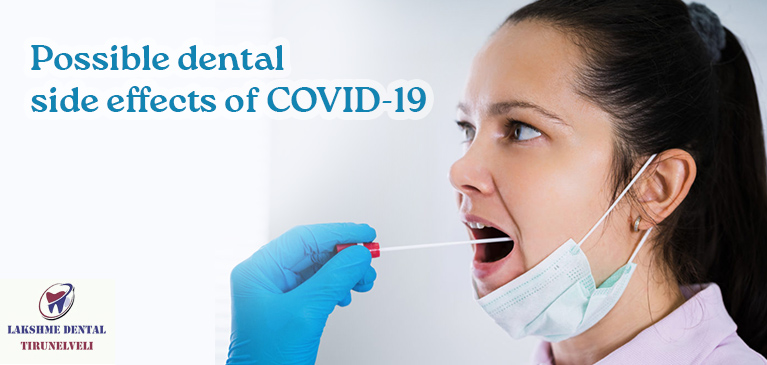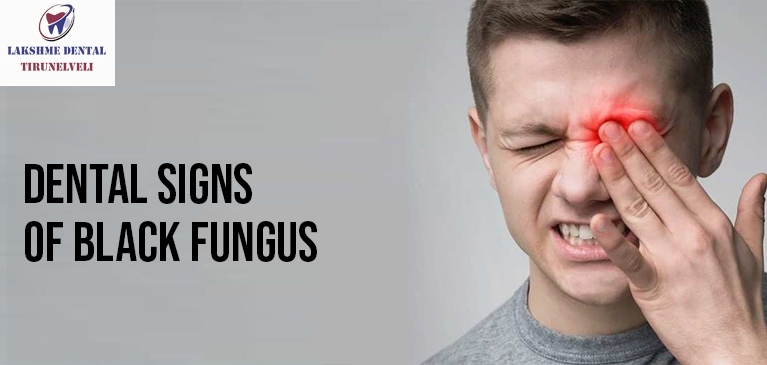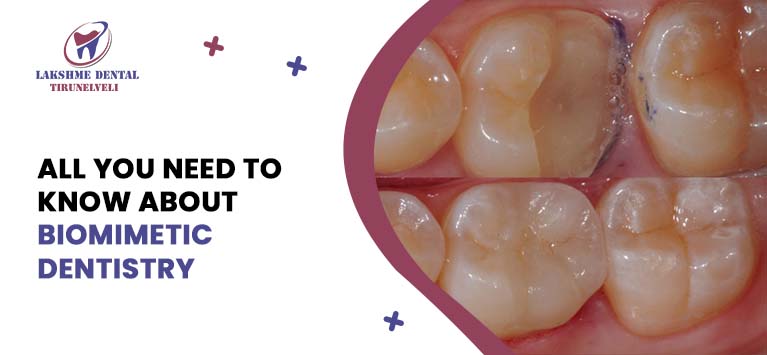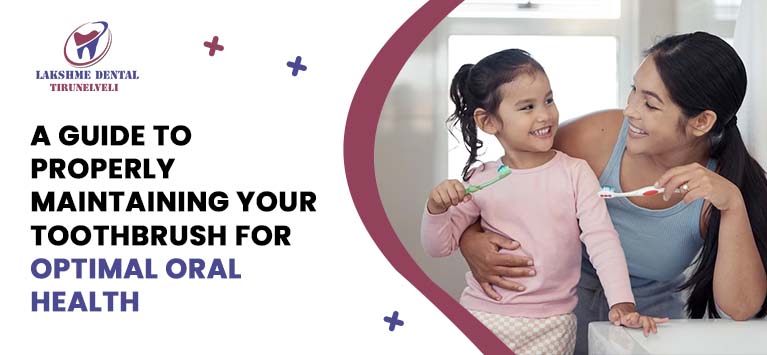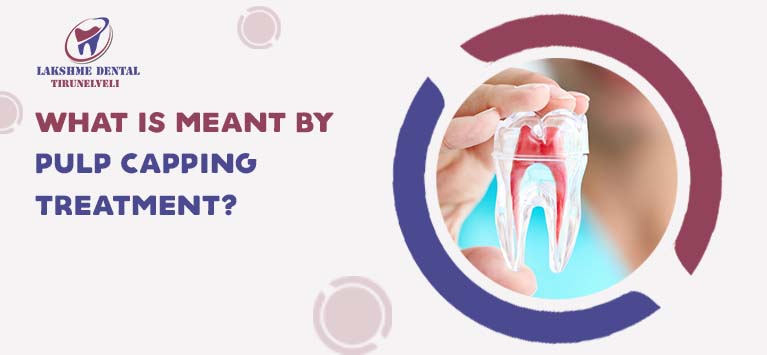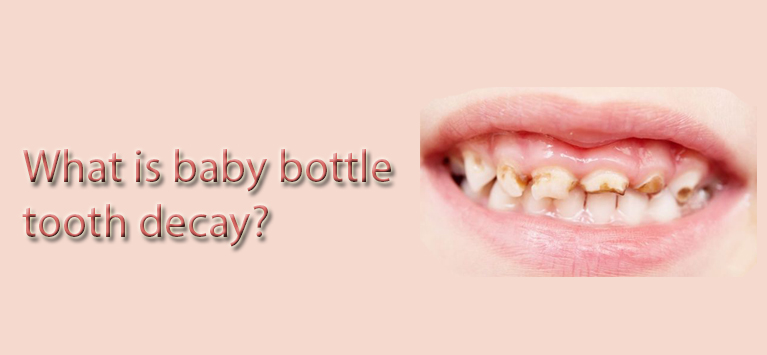
What Is Baby Bottle Tooth Decay?
Have your child’s teeth grown out?
It is time to take care of their teeth to prevent tooth problems.
For toddlers and Infants, one of the biggest threats to oral health is baby bottle tooth decay.
What is baby bottle tooth decay?
When your child’s teeth are exposed to sugary liquids like juice and milk for a long time, it causes tooth decay. This is said to be baby bottle tooth decay or bottle mouth syndrome. This problem often occurs in upper front teeth but also occurs all over the child’s teeth. When your baby takes their bottle to the bed and eventually falls asleep, the liquid in the bottle will be in contact with teeth for hours, which results in premature tooth decay.
You may think however it will be going to fall off. Yes, your logic is okay!
But there are many problems with that logic.
Yes, your child’s baby teeth play a primary role in their developmental stage of speaking, eating, and breathing. Once if your child experienced baby bottle tooth decay, the pain in the teeth make them fearful of chewing, biting, or any general functions that involve their mouth.
This also results in poor facial development, which will be difficult to reverse and may cause various problems in the future.
The treatment also varies here, it will not be as like as the treatment which is done to adults, and they also don’t get fillings. The dentist will ignore tooth decay in a child based on the child’s age and development time period of adult teeth.
Causes of baby bottle tooth decay
As mentioned above, baby bottle tooth decay generally occurs when the sugary substance is in contact with the mouth of the babies for a prolonged time. The truth is, anything which is given to the baby will contain some amount of sugar unless it is water. Some of the drinks include milk, juice, Breast milk, formula, etc.,
The shape of the bottle also matters here, when the bottle is meant to force the fluid to the back of the baby’s mouth, avoiding the tongue, regular production of saliva is stopped. This is essential because saliva’s function is to safeguard your teeth from substances that produce biofilm build-ups — the sticky substance that you sense on your teeth after consuming certain foods (i.e. high-sugar foods & refined carbohydrates).
Biofilm is produced by bacterial colonies that secrete acid and eat away from your enamel and certainly cause cavities. Fortunately, teething babies develop excess saliva that can be protective and avoid biofilm accumulation, but it is important to remember that if your baby is left for a prolonged period of time to drink from a bottle, the gums and teeth are given plenty of exposure to bacteria and their toxic effects.
Signs of a baby bottle tooth decay
If your toddler is very young and is unable to communicate clearly, detecting tooth decay can be difficult until the more visible signs become evident. Here are some of the early signs which can help you.
Noticeable biofilm around the gums
White, Yellow or brown spots on the teeth.
Gum pain and toothache that doesn’t seem to be due to teething.
Prevention
Keep a wet washcloth at hand, and gently rub your baby’s teeth and gums as soon as they finish their drink to prevent bacteria from building up.
Keep another bottle filled with water, if the baby finishes their drink swap it with a water-filled bottle which helps rinse the teeth and gums. Drinking water always helps in promoting dental health.
After breastfeeding, apply the same method. Gently wipe their gums and teeth with a soft washcloth.
Baby bottle tooth decay is purely preventable, but remember it is very difficult to reverse once occurred. As soon as noticing any symptoms, consult your dentist immediately and get the solution for your problems.

